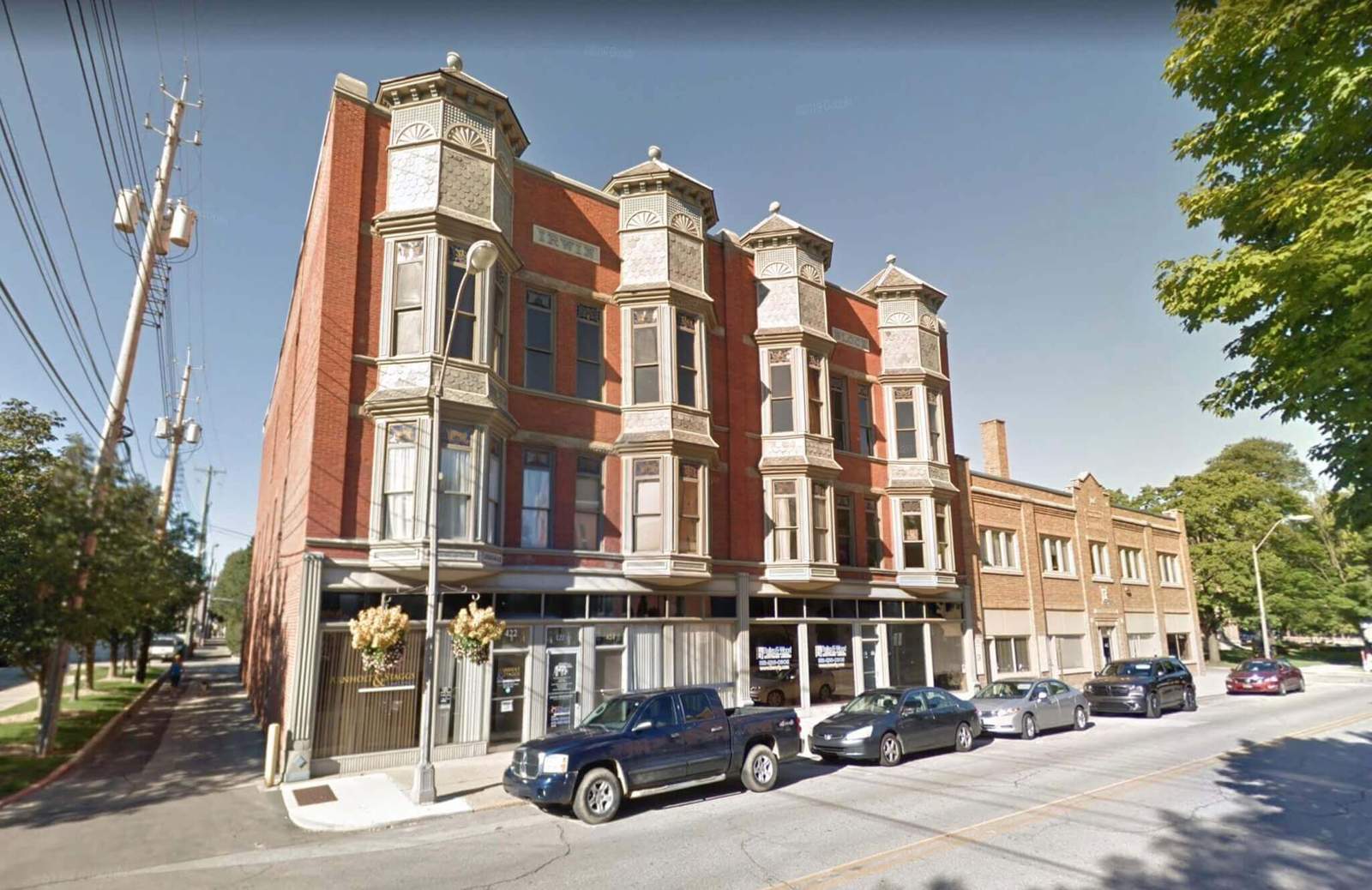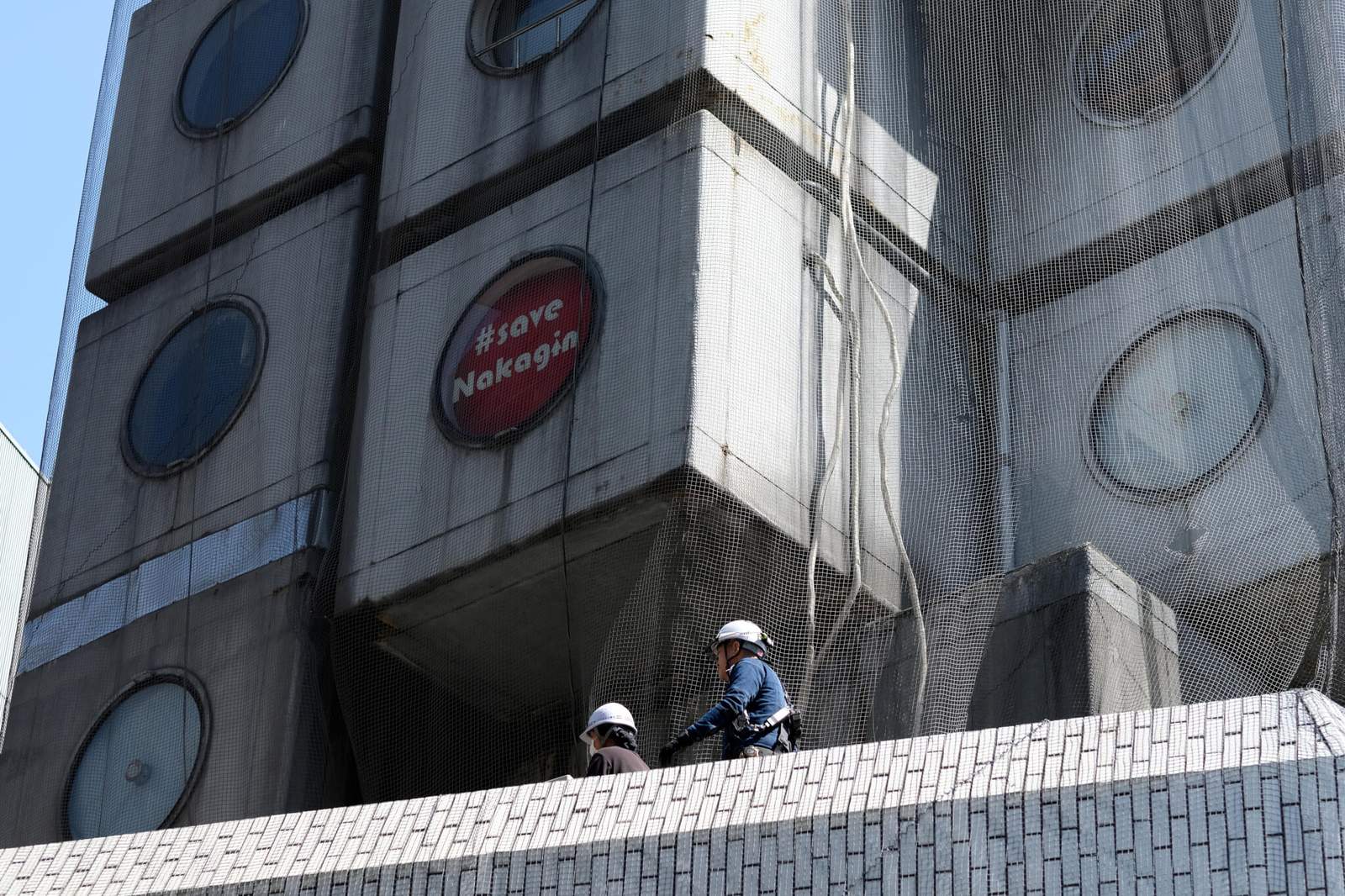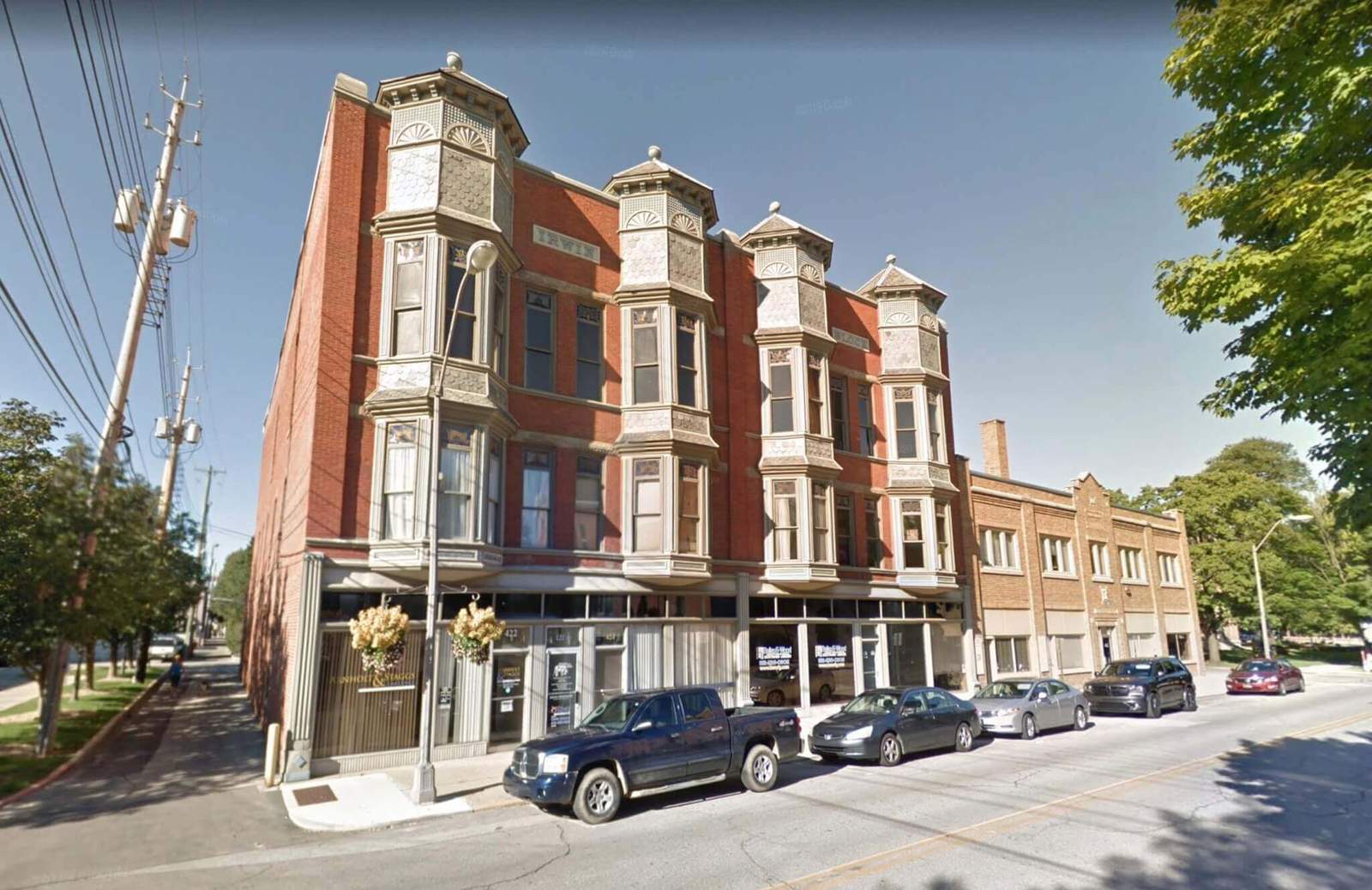A quirky residence in Pittsburgh designed by Venturi Scott Brown, a historic block in Columbus, Indiana ravaged by a fire last month, and a regional theater in Cleveland expanded by Philip Johnson are just a few recently-demolished historic buildings in the U.S. and beyond. For some of the structures demolition was inevitable, while for others, demolition was an unexpected and sad conclusion to tireless preservation campaigns.
Catholic Cathedral of the Immaculate Conception
Edward Larrabee Barnes and Dan Kiley | Burlington, Vermont
This past summer AN reported on the Catholic Cathedral of the Immaculate Conception, a church in Burlington, Vermont facing demolition. The former place of worship and its surrounding landscape designed in 1977 by Edward Larrabee Barnes and Dan Kiley shut its doors in 2018 after the congregation’s attendance dipped to under 100 and when the Diocese said it was unable to support the property. Fast forward to last week, the city’s Development Review Board voted to issue a demolition permit for the church.
While this news comes as a blow to preservationists and architects who have for several years now tirelessly campaigned for its preservation, the church actually welcomes the news, because the green light for demolition means that the structure can be desanctified. Among the organizations and individuals outspoken about its preservation are Docomomo US, The Cultural Landscape Foundation, Preservation Burlington, and Barnes’s son.
An application for the church’s demolition was submitted over one year ago, but it was withdrawn as per a city ordinance that calls for a redevelopment plan to accompany historical building sites. Ultimately, a state law related to the zoning of places of worship that stated that regulations, such as the aforementioned redevelopment ordinance, can’t interfere with a building’s “intended functional use” led to the demolition. In other words, with no active congregation, no altar, and other historical elements of the church removed from the site, the church isn’t operating as it should, and can therefore be demolished, despite being historically significant to the city.
Redevelopment plans for the site have not yet been announced.
Betty and Irving Abrams House
Venturi Scott Brown | Pittsburgh
To make way for an expansion on the neighboring Richard Meier–Giovannitti House, the Betty and Irving Abrams House by Venturi Scott Brown was razed in November 2022. Built in 1979, the quirky residence is one of Pittsburgh’s earliest examples of postmodern architecture.
Among the notable features of the house were its curving roofline, its streaks of green and gray paint, and the ray-like installation inserted on the front window. The two-bed, two-and-a-half bath was put up for sale in 2018 for $1.1 million, and purchased by Bill Snyder, who also owns the Giovannitti House next door. Preservationists had hoped Snyder would restore the house, but the demolition permit was filed just weeks after the sale. The interior of the house was swiftly gutted, including a large work by Roy Lichtenstein.
Local preservation groups decried the demolition of the structure and petitioned for it to be recognized as a national historic landmark by the Pittsburgh History and Landmarks Foundation in December 2018, but the nomination was rejected because the house’s poor condition and its location on a private road inaccessible to the public.
H/t to USModernist

Irwin Block
Columbus, Indiana
After a fire in early December 2022 at 422 Fifth Street in downtown Columbus, Indiana, the historic brick building designed in the Queen Anne style lost its roof, facade, and structural integrity. Fire officials deemed the building unsalvageable and its dire state after the blaze meant demolition was inevitable. An investigation into the cause of the blaze turned out inconclusive.
The Irwin Block is 130 years old. It is named for the great-grandfather of J. Irwin Miller, the late chairman of local engine manufacturing company Cummins who commissioned many of the Columbus’s most recognizable buildings.
City officials announced this week the phased demolition, which will likely take six to eight weeks to complete, will begin on January 23 with firewall dismantling. The slow process will pay careful mind to not damage or affect the structural integrity of the adjacent buildings not affected by the fire.
At the time of the fire the commercial building housed mostly office space, including for a law firm, mortgage lender, and a photography studio.
Cleveland Play House
Philip Johnson | Cleveland, Ohio
In 2012 The Cleveland Play House, America’s first professional regional theatre, sold its 11-acre property on Euclid Avenue in downtown Cleveland to the Cleveland Clinic, a nonprofit medical center that plans to use the site as parking lot for the new one-million-square-foot Neurology Institute under construction nearby. Since the sale the Clinic has used the site has a property for storage, logistics, police training, and administrative offices. In the future the site could be redeveloped into a multi-use development.
Cleveland Play House was constructed in 1926, and redesigned and expanded in 1983 by Cleveland native and architect Philip Johnson. The theater moved its stages and operations to Playhouse Square downtown in 2012.
According to officials at the Clinic, repairs to preserve the Play House would cost $40 million and the current layout of the building poses a number challenges for its proposed new use as healthcare facility.
Cleveland Clinic obtained a demolition permit from the city on December 21, 2022 and began work this week to demo the three-story structure. This ruling was opposed by preservationists and theater lovers alike, an online petition condemning its demolition has over 4,800 signatures.
H/t to Steven Litt via Mark Lamster

Nakagin Capsule Tower
Kisho Kurokawa | Tokyo, Japan
Last year saw the careful dismantling of Tokyo’s Nakagin Capsule Tower, an early example of Metabolism—an architectural movement that viewed buildings as living organism capable of adaptation. With the structure now taken apart, 23 of its 140 pods are now undergoing restoration inside a warehouse in Chiba, just outside of Tokyo.
Former resident Tatsuyuki Maeda is working to restore 14 of the capsules to their original state with elements including the built-in furniture and stereo systems. As for the others, only their exteriors will be maintained, allowing for the insides to decked out in a new fashion.
As for where the pods will go to continue their life, it is expected some will be displayed in hotel and office lobbies, or even museums, while others could be become funky Airbnb spots. In The Guardian, Maeda said he has received inquiries from across the globe, including in Asia, Europe, and the U.S., to acquire a capsule.
H/t to The Guardian



